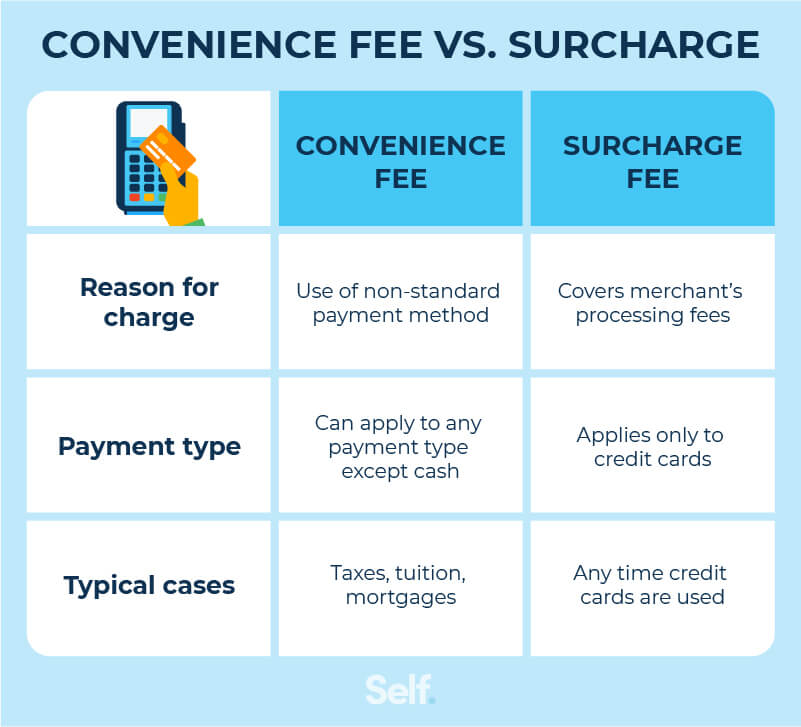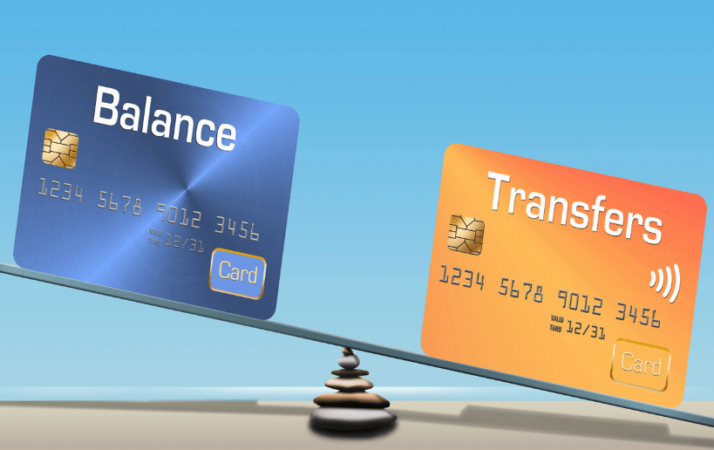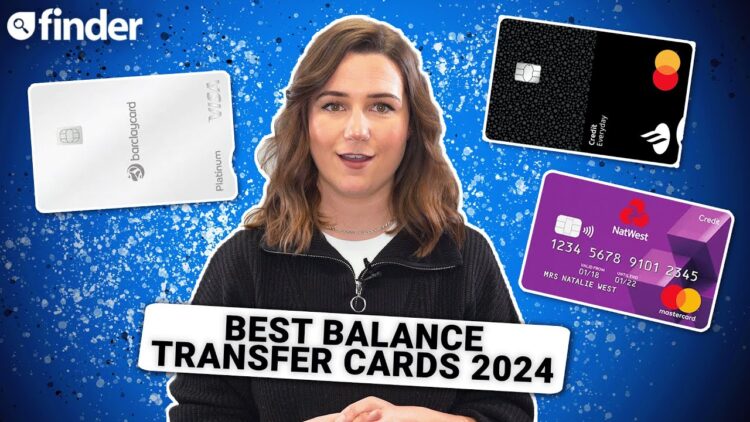
Credit cards with no balance transfer fee and no interest offer a tempting solution for those burdened by high-interest debt. These cards allow you to transfer existing balances from other cards, often with a 0% introductory APR period, providing a chance to pay down your debt without accruing interest charges. This can be a valuable tool for consolidating debt and saving money, but it’s essential to understand the terms and conditions carefully before diving in.
The allure of these cards lies in their ability to potentially save you hundreds, even thousands, in interest payments. By transferring your balance to a card with a 0% APR period, you can focus on making larger payments towards your principal, effectively reducing your debt faster. This strategy can be particularly beneficial if you’re facing high interest rates on existing credit cards or struggling to keep up with minimum payments.
Credit Cards with No Balance Transfer Fee and No Interest

A balance transfer credit card is a type of credit card that allows you to transfer outstanding balances from other credit cards to it. This can be a useful tool for consolidating debt and saving money on interest charges. Some balance transfer credit cards offer a promotional period with no balance transfer fee and no interest charges.
These cards can be a valuable tool for managing debt, especially if you have high-interest balances on other cards. They can help you save money on interest charges and pay off your debt faster.
Benefits of No Balance Transfer Fee and No Interest
The benefits of a balance transfer credit card with no balance transfer fee and no interest are:
* No Balance Transfer Fee: This means you won’t have to pay a fee to transfer your balance from another card. This can save you a significant amount of money, especially if you’re transferring a large balance.
* No Interest for a Set Period: You won’t have to pay interest on your transferred balance for a certain period. This gives you time to pay down your debt without accruing additional interest charges.
When These Cards Are Advantageous
Balance transfer cards with no balance transfer fee and no interest can be advantageous in a number of situations, such as:
* Consolidating High-Interest Debt: If you have several credit cards with high interest rates, transferring your balances to a card with a lower interest rate can help you save money on interest charges.
* Paying Down Debt Faster: The 0% interest period gives you time to pay down your debt without accruing additional interest charges. This can help you pay off your debt faster and save money on interest.
* Taking Advantage of a Promotional Offer: Many credit card companies offer introductory promotional periods with no balance transfer fees and no interest. Taking advantage of these offers can help you save money and get out of debt faster.
Strategies for Using Balance Transfer Cards Effectively: Credit Cards With No Balance Transfer Fee And No Interest

Balance transfer cards can be a valuable tool for managing debt, especially if you have high-interest credit card balances. By transferring your balances to a card with a 0% introductory APR, you can save money on interest charges and pay down your debt faster. However, it’s essential to understand the strategies for using these cards effectively to maximize their benefits and avoid potential pitfalls.
Transferring a Balance to a New Card
To transfer a balance to a new card, you’ll need to follow these steps:
- Apply for a balance transfer card: Compare different cards to find one with a 0% introductory APR and a low balance transfer fee. Consider factors like the length of the introductory period, the annual percentage rate (APR) after the introductory period, and any other fees associated with the card.
- Complete the balance transfer request: Once approved, you’ll need to provide the new card issuer with the details of the credit card you want to transfer the balance from, including the account number and the amount you want to transfer.
- Monitor the transfer process: The transfer process can take a few days or weeks, so it’s essential to monitor your accounts to ensure the balance is successfully transferred and the old account is closed.
Minimizing Interest Charges and Maximizing the No-Interest Period, Credit cards with no balance transfer fee and no interest
To make the most of a balance transfer card, it’s crucial to minimize interest charges and maximize the no-interest period. Here are some strategies:
- Pay more than the minimum payment: Make extra payments on your balance transfer card to pay down the debt faster and reduce the amount of interest you accrue. Aim to pay more than the minimum payment each month, ideally as much as you can afford.
- Avoid making new purchases on the card: If you make new purchases on a balance transfer card, the new purchases will likely accrue interest at the regular APR. To avoid this, only use the card for balance transfers and pay off the transferred balance before the introductory period ends.
- Set a reminder for the introductory period end: The introductory period for a balance transfer card is typically limited, so it’s essential to set a reminder for when the period ends. This will give you enough time to pay off the balance or transfer it to another card if you haven’t already done so.
Avoiding Common Pitfalls and Potential Drawbacks
While balance transfer cards can be a valuable tool for debt management, they also have potential drawbacks. Here are some common pitfalls to avoid:
- Not paying off the balance before the introductory period ends: If you don’t pay off the balance before the introductory period ends, you’ll start accruing interest at the regular APR, which can be significantly higher than the introductory rate. This can negate the benefits of using a balance transfer card.
- Transferring too much debt: It’s essential to transfer only the amount of debt you can realistically pay off within the introductory period. Transferring too much debt can put you in a worse financial position if you’re unable to repay the balance before the interest rate increases.
- Ignoring the terms and conditions: Before transferring a balance, it’s crucial to carefully read the terms and conditions of the balance transfer card. Pay attention to the introductory APR, the balance transfer fee, and any other fees associated with the card.
Final Conclusion

While credit cards with no balance transfer fee and no interest can be a powerful tool for debt management, they’re not a magic bullet. Remember, the introductory 0% APR period is temporary, and you’ll eventually be subject to the card’s standard interest rate. It’s crucial to develop a realistic repayment plan and stick to it to avoid accruing interest charges once the introductory period ends. By using these cards strategically and responsibly, you can potentially gain control over your debt and achieve financial freedom.
FAQ Section
What is the typical length of a 0% APR introductory period?
Introductory 0% APR periods can range from 6 months to 21 months, depending on the specific card. It’s crucial to check the terms and conditions for the exact duration.
What happens after the introductory period ends?
Once the introductory period ends, the card’s standard APR will apply to your remaining balance. This could be significantly higher than the introductory rate, so it’s essential to have a plan in place to pay off the balance before the end of the promotional period.
Are there any fees associated with balance transfers?
Some cards may charge a balance transfer fee, usually a percentage of the amount transferred. It’s important to compare cards and choose one that offers no balance transfer fee, as this can save you significant money.
How can I find the best balance transfer credit card for my needs?
Consider your credit score, the amount of debt you need to transfer, and the introductory APR period offered by different cards. Look for cards with no balance transfer fees and low or no annual fees. It’s also a good idea to compare other benefits, such as rewards programs or travel perks.





